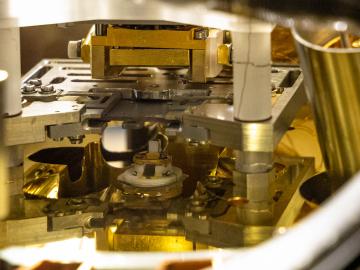
A team of scientists with ORNL has investigated the behavior of hafnium oxide, or hafnia, because of its potential for use in novel semiconductor applications.

A team of scientists with ORNL has investigated the behavior of hafnium oxide, or hafnia, because of its potential for use in novel semiconductor applications.

Rama Vasudevan, a research scientist at the Department of Energy’s Oak Ridge National Laboratory, has been elected a Fellow of the American Physical Society, or APS.

Researchers from ORNL, the University of Tennessee at Chattanooga and Tuskegee University used mathematics to predict which areas of the SARS-CoV-2 spike protein are most likely to mutate.
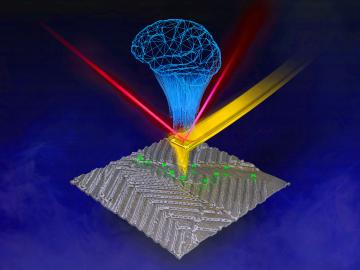
Researchers at ORNL are teaching microscopes to drive discoveries with an intuitive algorithm, developed at the lab’s Center for Nanophase Materials Sciences, that could guide breakthroughs in new materials for energy technologies, sensing and computing

Sergei Kalinin, a scientist and inventor at the Department of Energy’s Oak Ridge National Laboratory, has been elected a fellow of the Microscopy Society of America professional society.
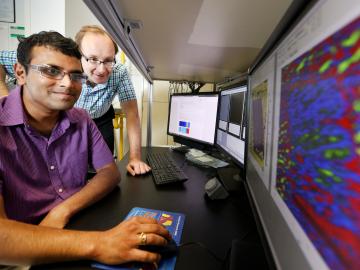
At the Department of Energy’s Oak Ridge National Laboratory, scientists use artificial intelligence, or AI, to accelerate the discovery and development of materials for energy and information technologies.

Six scientists at the Department of Energy’s Oak Ridge National Laboratory were named Battelle Distinguished Inventors, in recognition of obtaining 14 or more patents during their careers at the lab.
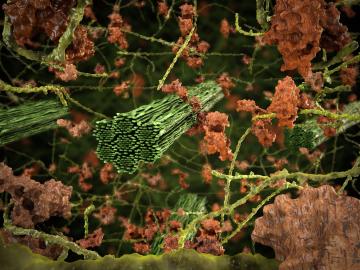
Seven researchers from the Department of Energy’s Oak Ridge National Laboratory have been chosen by the Innovative and Novel Computational Impact on Theory and Experiment, also known as INCITE, program to lead scientific investigations that require the
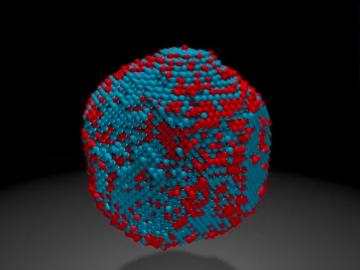
Barely wider than a strand of human DNA, magnetic nanoparticles—such as those made from iron and platinum atoms—are promising materials for next-generation recording and storage devices like hard drives.


